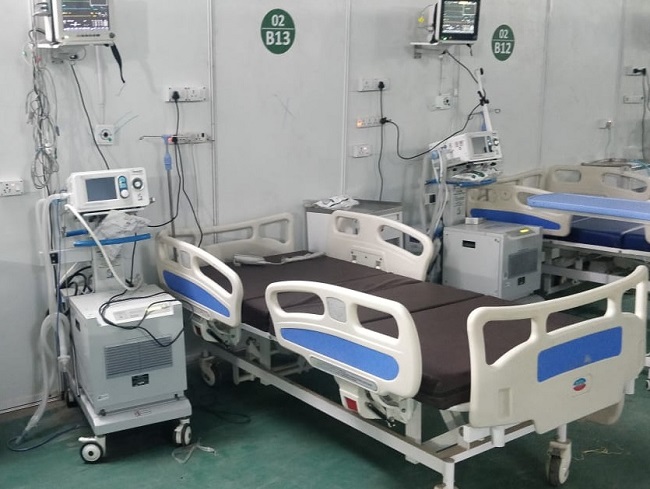A makeshift hospital being set up by the Defence Research and Development Organization (DRDO) in Lucknow is likely to have their own oxygen supply with the help of a technology that is used in the light combat aircraft (LCA) Tejas fighter jets.
This is the first time that the self-sustainable oxygen generation technology for fighter pilots would be used in makeshift hospitals in Uttar Pradesh.
Union Defence Minister and Lucknow MP, Rajnath Singh, had sent a team of DRDO officials to the state capital last week to start the process for setting up of hospitals at Haj House and Golden Blossoms resort.
The makeshift hospital is being set up at Avadh Shilpgram.
The hospitals that are likely to get ready by next week would have nearly 250-300 beds each and would be run by the doctors, nurses and support staff of Armed Forces Medical Services.
According to sources, DRDO has developed a medical oxygen plant as a spin-off technology of the 'On board oxygen generation system' (OBOGS) of the LCA Tejas.
A senior official, who spoke on condition of anonymity, said: "This technology can provide medical grade oxygen round-the-clock at a high flow rate catering to at least 50 ventilator ICU beds. This technology will be used to activate oxygen plants at Covid hospitals."
The technology, which has been developed by DRDO's Defence Electromedical and Bio-Engineering Laboratory (DEBEL), breaks down molecular components of the atmospheric air to provide continuous oxygen to the pilot within the aircraft for long duration and in high altitude flights.
Once set up, the technology would help in continuous supply of oxygen to critical Covid patients, refilling of oxygen cylinders and eradicating logistical problems related to cylinder transportation from one point to another, thereby reducing the increasing burden on the demand for oxygen in Covid hospitals.
(IANS)




















